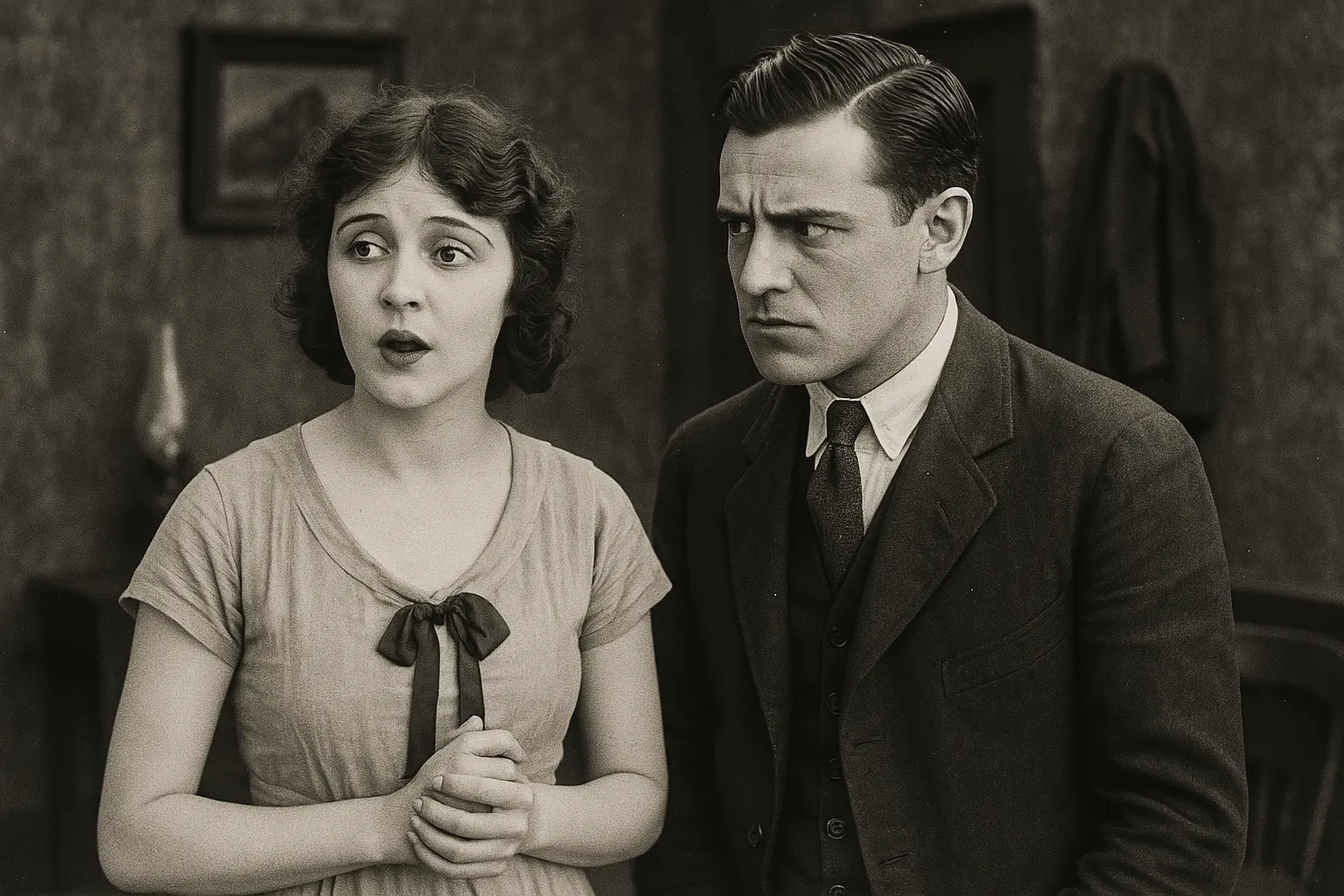By Kadrolsha Ona Carole
The transition from silent movies to “talkies”—films with synchronized sound—was one of the most significant technological shifts in the history of cinema. This transformation not only revolutionized the film industry but also reshaped storytelling, acting, and audience experience.
The Silent Film Era before the late 1920s, the films were silent, meaning they lacked synchronized sound or spoken dialogue. Instead, live music accompanied screenings, and intertitles displayed dialogue and narration. Silent films relied heavily on exaggerated facial expressions and body movements to convey emotions and plot, making them universally understandable regardless of language.
The Birth of Sound is a journey which began with advancements in recording technology. Early experiments included Thomas Edison’s phonograph and synchronized sound systems such as the Vitaphone, developed by Western Electric and Warner Bros.
The defining moment came with the release of The Jazz Singer in 1927. Although mostly silent, this film featured synchronized dialogue and singing, proving that sound could be effectively integrated into cinema. Its success accelerated the industry’s move toward talkies.
Transitioning to sound brought major challenges. Silent film actors, accustomed to exaggerated gestures, had to adjust their performance style. Many struggled with poor voice quality or heavy accents that did not translate well to spoken dialogue.
Additionally, theaters needed costly equipment to play sound films, and filmmakers had to develop new techniques for recording synchronized audio. Directors had to rethink their approach to cinematography, as sound recording devices restricted camera movement and staging.
Despite these challenges, talkies quickly became the new standard. Sound introduced opportunities for more nuanced storytelling, enabling realistic dialogue, voice acting, and musical scores. It also allowed genres like musicals, comedies, and film noir to flourish.
By the early 1930s, silent films were virtually obsolete, and Hollywood entered the golden age of cinema, dominated by sound films that captivated audiences worldwide.
KO’s Thoughts: The transition from silent films to talkies was a defining moment in cinematic history. It demonstrated the power of technology to reshape art and storytelling, proving that film is a continuously evolving medium.
Visit Hollywood Entertainment News for more information about KO.






